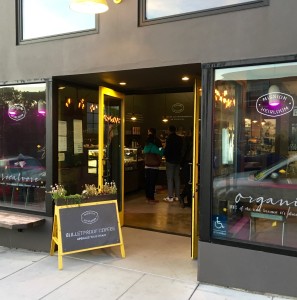By Chuck Morse
[This piece first appeared here on November 28, 2016 ]
I played a pivotal role in the early history of the Institute for Anarchist Studies (IAS). I conceived of it, drafted all the founding documents, selected the initial Board of Directors, led early fundraising campaigns, and anchored it as a whole. Although I have had little to do with the IAS since leaving it in 2005, my years with the organization were an important—and positive—experience for me. I appreciate that Perspectives editors asked me to share my reflections on the occasion of the group’s twentieth anniversary.
When we were first getting started, I often thought about the IAS’s future. I assumed that the years ahead would be riven by crisis but also contain opportunities for radical social change; the challenge was to create an organization that could navigate those fissures while pushing toward substantive revolutionary alternatives. Although it should have been obvious to me, I never realized that one day I would wrestle with the IAS’s past. However, after two decades, those of us linked to the project now have the obligation to make sense of its history.
Anarchists tend to construe anarchist history as a story of victories and defeats in the service of what militants once called “The Idea.”[1] Every year we put out books, pamphlets, and websites celebrating the conquests and agonies of the Haymarket anarchists (1886–1887), the Kronstadt sailors (1921), and the workers’ collectives in the Spanish Civil War (1936–1939). When I was still with the IAS, I helped build the Latin American Archives Project, an online archive commemorating the legacy of mostly Argentine anarchists; after leaving, I translated Abel Paz’s massive eulogy to Buenaventura Durruti, Spain’s legendary anarchist leader.[2] Celebrating the anarchist past disrupts official historical narratives, which are typically organized around political and religious figures, and gestures toward a new formulation of history built upon rebellion. This is one reason why anarchists have created a global network of archives, publishers, and associations focused mainly on preserving anarchism’s legacy.
It is tempting to mark the IAS’s twentieth year by telling a story of triumphant achievement. This would be the customary thing for a middle-aged organizational founder (myself) to do in these circumstances, and certainly it would flatter everyone involved. However, this approach to anarchist history has significant costs. Simply lauding our militants and organizations reduces them to caricatures—they become too valiant and virtuous—and it is impossible to put successes in context when we avoid failings as a matter of principle. It can also lead to political withdrawal: energies invested in lionizing the feats or lamenting the wounds of yesteryear are not invested in building a revolution today. This is why I pursue a more critical approach here.
I argue that the IAS’s foundational assumptions about academia and anarchism now require revision but affirm the IAS’s deep creativity on the whole. This sharp departure from the congratulatory approach to the anarchist past runs the risk of raising difficult questions, but allows relevant insights into the IAS and a richer appreciation of its accomplishments.
Academia: Trap or Battleground?
The need to build an alternative to academia was a crucial precept for the IAS. We believed that universities tended to make scholars conservative and conformist, and that a radical alternative—what we called a counter-institution—would foster more oppositional, socially committed scholarship.[3] We never considered linking the IAS to a college or university, even though that is common among specialty institutes and might have yielded significant perks (like free office space, for instance). Our autonomy was integral to our mission. Continue reading

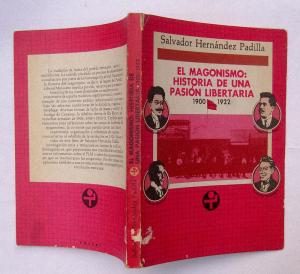
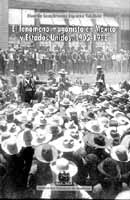
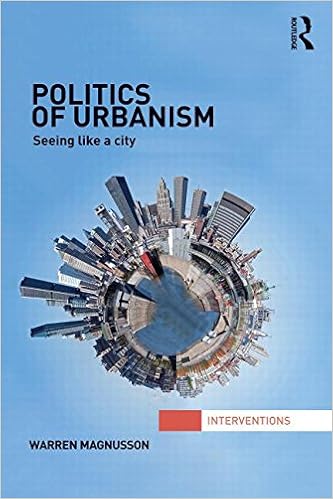 Review of
Review of Food critics raved about The Perennial when it opened in San Francisco in January. The SF Eater called it a “palace of modern sustainability;” the Chronicle described it as the “restaurant of the future.” Even Wired Magazine sang its praises. They all celebrated its commitment to reducing its carbon footprint, which sits at the center of its identity and impacts everything that it does, from food prep, to food acquisition, to interior design. Considering that we are facing an epochal climate crisis, and that the city is sinking into the ocean, it makes an important and timely statement.
Food critics raved about The Perennial when it opened in San Francisco in January. The SF Eater called it a “palace of modern sustainability;” the Chronicle described it as the “restaurant of the future.” Even Wired Magazine sang its praises. They all celebrated its commitment to reducing its carbon footprint, which sits at the center of its identity and impacts everything that it does, from food prep, to food acquisition, to interior design. Considering that we are facing an epochal climate crisis, and that the city is sinking into the ocean, it makes an important and timely statement.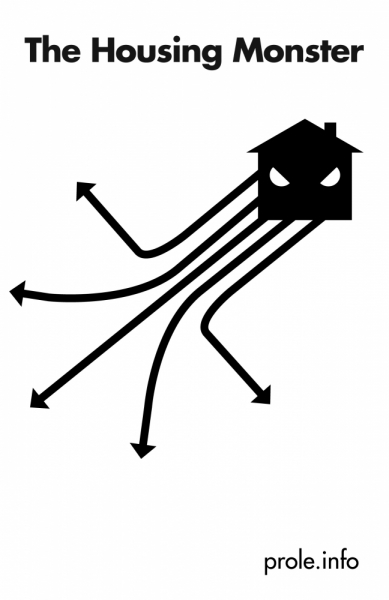 Anarchists have been wrestling with the politics of the built environment since the middle of the twentieth century, if not earlier. John F. C. Turner wrote influential books on architecture, Colin Ward put out worthy studies of housing and urbanism, and there is a small shelf of anarchist-inspired works on squats. These are the most conspicuous examples, but there are many others.
Anarchists have been wrestling with the politics of the built environment since the middle of the twentieth century, if not earlier. John F. C. Turner wrote influential books on architecture, Colin Ward put out worthy studies of housing and urbanism, and there is a small shelf of anarchist-inspired works on squats. These are the most conspicuous examples, but there are many others.

 The notion that politics only takes place in the voting booth or halls of state basically evaporated in the 1960s. We now know that political acts occur in a range of settings: in our neighborhoods, bedrooms, kitchens, and, yes, even in our gardens.
The notion that politics only takes place in the voting booth or halls of state basically evaporated in the 1960s. We now know that political acts occur in a range of settings: in our neighborhoods, bedrooms, kitchens, and, yes, even in our gardens. I didn’t watch last night’s fight (although I did talk about it with a bunch of my neighbors on the street while walking my dogs). I could have watched it for $25 at the soul food place at the end of my block (with some food included), but the thought of giving these billionaires even more money turned me off completely.
I didn’t watch last night’s fight (although I did talk about it with a bunch of my neighbors on the street while walking my dogs). I could have watched it for $25 at the soul food place at the end of my block (with some food included), but the thought of giving these billionaires even more money turned me off completely.